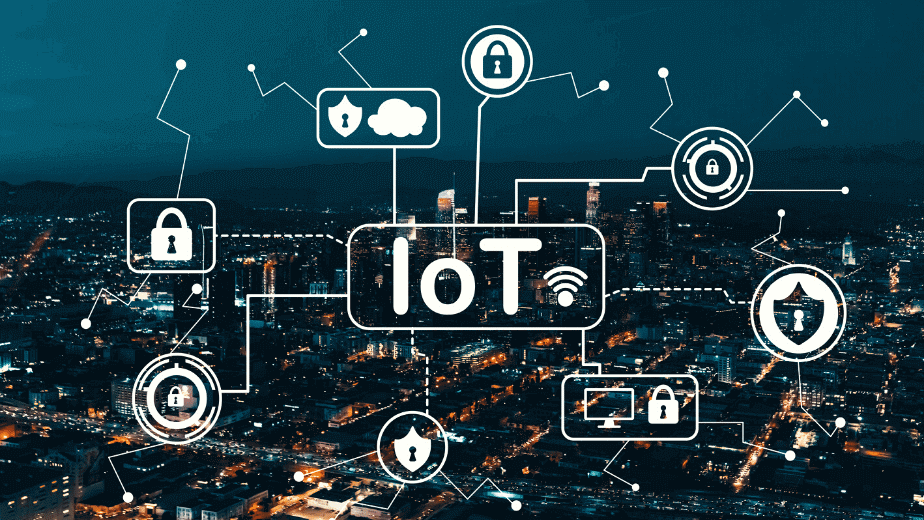IoT Device Control and Management: Practical Tips
The adoption of IoT systems by companies and enterprises that are working in different industries is growing. Thanks to the achievements in the IoT sector and the continuously advancing functionality of the solutions powered by the Internet of Things, businesses can rely on such systems even in the most crucial processes and tasks.
Already today there are more than 15 billion IoT-connected devices worldwide and experts believe that this figure will manage to achieve the level of around 29 million by 2030. Though these figures look really inspiring and impressive it is important to understand that to have the possibility to leverage all the advantages of IoT systems, it is not enough to increase the number of connected devices that you have. It is much more important to know how to efficiently manage and control them and what methods to use in order to avoid mistakes in working with IoT systems.
That’s why in this article, we are going to speak about IoT device control and share key practical tips. They will help you to better understand what you should do to ensure the secure functioning of your Internet of Things systems.
What aspects are included in IoT device management?
The management of Internet of Things devices is a rather broad notion that covers several aspects. Controlling in this case doesn’t mean only tracking the functioning of the devices or gathering any insights into their performance. In situations, where we are talking about the Internet of Things systems, this notion will also involve the integration of IoT devices into the common network so that users will be able to execute control over them, adjust their work, introduce updates, and automate their functioning.
Given all the above-mentioned facts, the process of managing and controlling the Internet of Things devices usually includes the following components:
- Authentication. It is vital to make sure that all your IoT devices are properly connected to the network and can fully perform all their functions. It means that, first of all, you will need to set up your devices so that they can seamlessly join the system. Moreover, there should be a step of authentication that will help to identify the device itself and the user who tries to access the network data.
- Configuration. IoT systems are dynamic which means that networks and devices can change and evolve over time. In other words, the initial configuration that will be introduced when the device is being prepared for joining the network won’t be relevant in the future. That’s why a system operator will need to make changes already when the system is functioning. It is one of the reasons why it is necessary to have the possibility to control devices remotely. In this case, this process will require significantly less time and effort.
- Diagnostics and performance monitoring. Thanks to conducting regular monitoring and diagnostics, users can get valuable insights into the performance of the system in general and each device in particular. As a result, it is possible to timely detect any existing vulnerabilities and address potential threats before they transform into real issues.
- System maintenance and tech support. When you have an IoT solution, you should pay attention not only to the performance of devices but also monitor the functioning and the state of the software. Thanks to such effort, you will be able to make sure that you are working with a reliable and secure solution that fully meets all the latest requirements and standards.
The most popular ways to execute control over IoT devices
There are several methods that can be used for controlling IoT devices. The most popular ones presuppose the possibility to perform all the required actions remotely. However, many IoT devices also offer physical controls which can be an additional alternative in some cases when remote control is not available.
Remote control options:
- Mobile apps. This is definitely the most user-friendly way to interact with the Internet of Things devices. Very often manufacturers of such devices already provide relevant applications and users should just install them on their tablets or mobile phones.
- Web interfaces. This option is beneficial in those cases when people are working with laptops or PCs and do not always have access to their smartphones.
- NFC. You can rely on this technology when you need to interact with devices located not far from you. As a rule, this is a good method for simple and quick actions.
- Voice control. This functionality is enjoying increasing popularity as it offers a hands-free opportunity to work with IoT devices.
Instead of a final word
IoT device management is an important process related to the interaction with your IoT systems. Without proper control, you won’t be able to enjoy fully correct functioning of your solution which may have seriously negative consequences for your data, assets, and business performance. That’s why we strongly recommend paying enough attention to this aspect and investing enough time and effort in it.



























